Bio-degradable cards
Every card imaginable!
|
Bio-degradable cards Every card imaginable! How Businesses Can Support Customers with Assistance DogsIt's really important for businesses to create a welcoming and accessible environment for all customers. If you're a business owner or staff member, you might sometimes feel a bit unsure about how best to support customers who rely on assistance dogs. That's perfectly understandable! This guide is here to help you navigate everything from understanding why assistance dogs are so vital to knowing the ins and outs of UK law and offering practical advice on making your premises as welcoming as possible. We want to make sure you have all the information you need to feel confident and ready to do the right thing. Table of Contents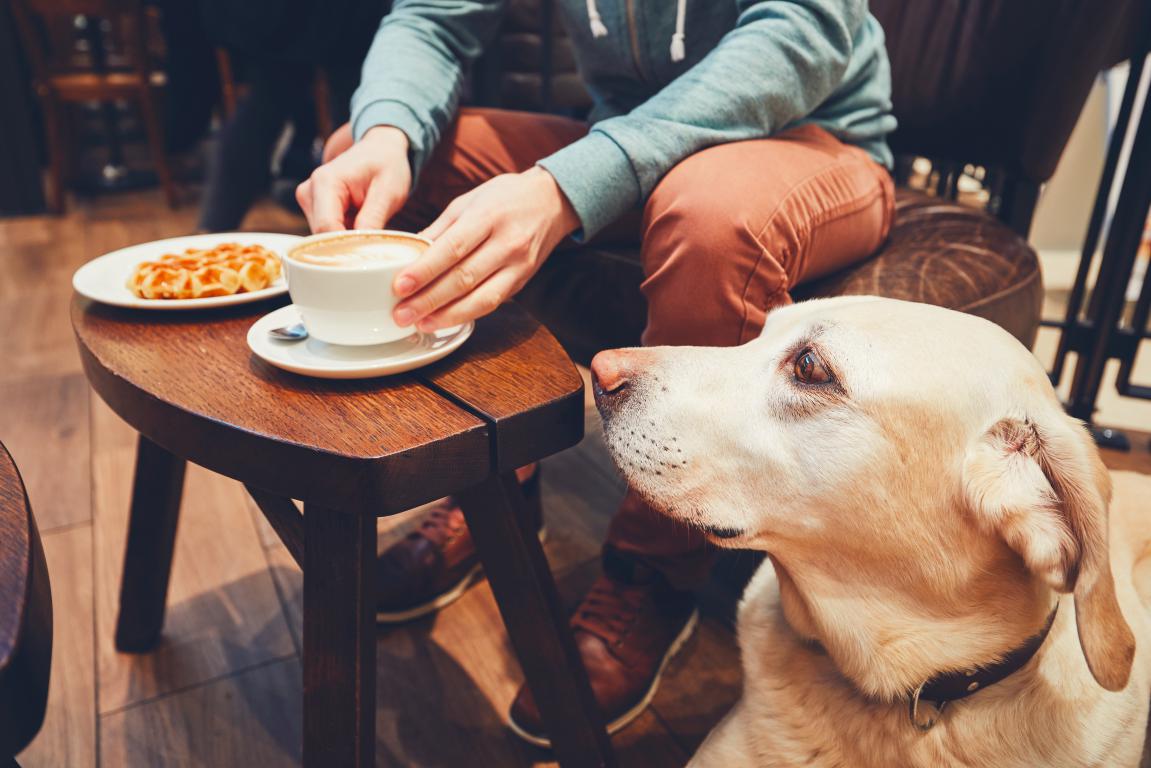
Why Assistance Dogs are So ImportantAssistance dogs are much more than just pets; they are highly trained working animals that provide vital support, independence, and companionship to people with a wide range of disabilities. For many, an assistance dog isn't just helpful; it's absolutely essential for navigating daily life. Understanding their role is the first step in appreciating why access for these incredible dogs is so crucial. Beyond a Pet: A LifelineImagine facing significant challenges every single day, from navigating busy streets to performing everyday tasks that most people take for granted. This is the reality for many people with disabilities. An assistance dog acts as an extension of their owner, enabling them to live more independently and participate more fully in society. They aren't just there for emotional support; they perform specific, trained tasks that mitigate their owner's disability. This could be guiding someone with a visual impairment, alerting a person with hearing loss to sounds, providing stability for someone with mobility issues, or even detecting changes in blood sugar levels for someone with diabetes. Their presence can mean the difference between staying at home and being able to go out, shop, work, and socialise. Enhancing Independence and ConfidenceOne of the biggest impacts assistance dogs have is on their owner's independence. For example, a guide dog allows a visually impaired person to travel safely and confidently in unfamiliar environments, avoiding obstacles and finding destinations. A hearing dog alerts its owner to important sounds like doorbells, alarms, or even a baby crying, removing the isolation that hearing loss can bring. For individuals with physical disabilities, a dog might retrieve dropped items, open doors, or help them get dressed. This independence fosters a huge sense of confidence, reducing anxiety and increasing participation in public life. Without their assistance dog, many owners would find themselves significantly limited in their ability to engage with the world, making everyday outings a stressful and challenging experience. A Bridge to Social InclusionUnfortunately, people with disabilities can sometimes face social barriers or feel isolated. An assistance dog can act as a wonderful ice-breaker, making interactions with others easier and more natural. When people see an assistance dog, they often understand that the owner has a specific need for their presence, which can lead to more understanding and helpful interactions. This doesn't just benefit the individual; it enriches society as a whole by promoting a more inclusive and diverse community. For businesses, recognising the importance of assistance dogs means opening your doors to a broader customer base, demonstrating your commitment to inclusivity, and potentially gaining loyal customers who appreciate your understanding and support. It's about ensuring everyone has the same opportunity to access goods, services, and facilities without unnecessary barriers. The Training Behind the TaskIt is worth remembering the sheer amount of training and dedication that goes into preparing an assistance dog for their role. These aren't ordinary family pets; they undergo rigorous and extensive training from a young age, often for up to two years, with specialist organisations. They learn a wide range of commands and tasks, but just as importantly, they are trained in public behaviour. This means they are taught to remain calm, well-behaved, and unobtrusive in various environments, including busy shops, restaurants, and public transport. They are accustomed to ignoring distractions and focusing on their owner's needs. This high level of training is why assistance dogs are so reliable and can safely accompany their owners into public spaces, distinguishing them clearly from pets. Their presence is a result of years of careful breeding, socialisation, and professional instruction, all designed to ensure they can perform their life-changing role effectively and respectfully within society. This investment in their training is a testament to the crucial work they do and why their access rights are legally protected. 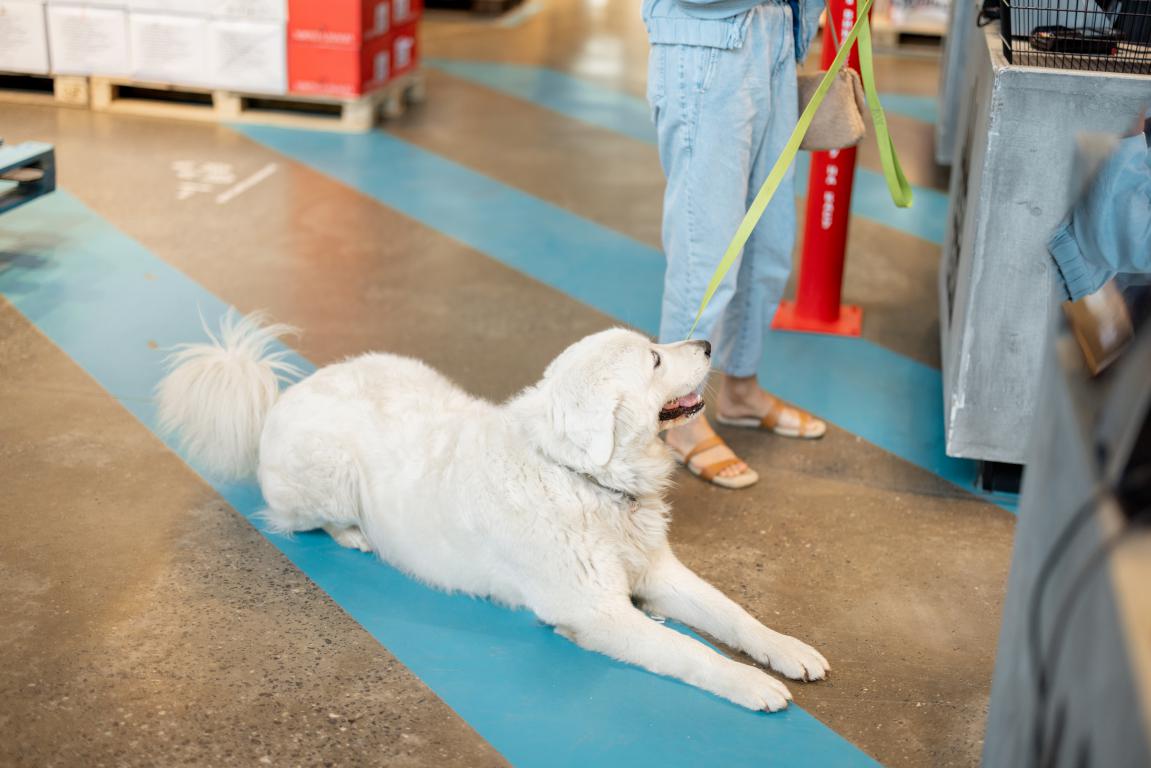
Understanding UK Law: The Equality Act 2010 and Assistance DogsIn the UK, the rights of people with disabilities, including those who use assistance dogs, are protected by law. The Equality Act 2010 is the key piece of legislation here, and it's essential for all businesses to understand their obligations under this Act. It's not just about doing the right thing; it's a legal requirement. What is the Equality Act 2010?The Equality Act 2010 legally protects people from discrimination in the workplace and in wider society. It replaced previous anti-discrimination laws with a single Act, making the law easier to understand and strengthening protection in some situations. For businesses, it means you have a legal duty not to discriminate against individuals with "protected characteristics," one of which is disability. This is where assistance dogs come in. If a person with a disability relies on an assistance dog, denying them access or treating them less favourably because of their dog can constitute discrimination. The Duty to Make Reasonable AdjustmentsOne of the most significant aspects of the Equality Act for businesses is the "duty to make reasonable adjustments." This means that if a disabled person is placed at a substantial disadvantage compared to a non-disabled person, businesses must take reasonable steps to remove that disadvantage. For a person who uses an assistance dog, denying access to your premises or services would undoubtedly place them at a substantial disadvantage. Therefore, allowing access for an assistance dog is generally considered a reasonable adjustment that businesses are expected to make. The Act is quite clear that it's unlawful for a service provider to treat a disabled person unfavourably because they have an assistance dog. This applies to a wide range of settings, including shops, restaurants, hotels, taxis, leisure facilities, and public transport. What Does "Reasonable" Mean?The term "reasonable" can sometimes cause confusion, but in the context of assistance dogs, it's quite straightforward. The general expectation is that assistance dogs should be allowed access to almost all areas of a business. There are very few situations where it would be considered "unreasonable" to allow an assistance dog. These rare exceptions might include areas where there is a genuine and significant health and safety risk that cannot be mitigated, such as an operating theatre in a hospital or a highly sterile environment in a food production facility. However, these are highly specific examples, and for the vast majority of businesses – shops, cafes, offices, hotels – allowing an assistance dog is always a reasonable adjustment. It's important to remember that concerns about allergies or general hygiene are not typically considered valid reasons to refuse access for a genuine assistance dog under the Equality Act, as we'll explore in more detail later. Avoiding Indirect DiscriminationThe Act also covers indirect discrimination. This is where a business has a policy or rule that applies to everyone but disadvantages people with a particular protected characteristic. For example, a blanket "no dogs" policy, while seemingly applying to all customers, would indirectly discriminate against people who rely on assistance dogs. Businesses must be prepared to make exceptions to such policies for assistance dogs. It's about looking beyond the surface and understanding the impact of your rules on different groups of people. The spirit of the law is to ensure equal access and opportunity, and that means being flexible and accommodating for those who need it most. By understanding and adhering to the Equality Act, businesses not only fulfil their legal obligations but also demonstrate a commitment to inclusivity, which can only enhance their reputation and customer base. It truly is about creating a level playing field for everyone. 
Making Your Business Accessible For Assistance Dogs and Their Owners: Practical StepsCreating an accessible environment for customers with assistance dogs goes beyond just knowing the law; it involves putting practical measures in place and fostering a welcoming atmosphere. It doesn't have to be complicated or expensive, but it does require thought and a proactive approach. Reviewing Your Current PoliciesThe first step is to review your existing policies. Do you have a "no dogs" policy? If so, it needs to explicitly state an exception for assistance dogs. It's not enough to just assume staff will know; make it clear in your written guidelines. This helps staff feel confident in their actions and avoids any misunderstanding. Think about all areas of your business: reception areas, dining spaces, changing rooms, and even staff-only areas if a customer with an assistance dog needs to briefly access them (for example, to use a staff toilet if no accessible customer toilet is available). Ensure your policies reflect the understanding that assistance dogs are working animals and are therefore exempt from general pet restrictions. Clear Signage and CommunicationVisibility is key. Make sure your customers know they are welcome. Consider displaying clear signage at your entrance stating that assistance dogs are welcome. This can be a simple sticker or a small poster. This immediately puts customers with assistance dogs at ease and lets them know they won't face any issues. If a customer does enter with an assistance dog, a simple, friendly verbal welcome from staff can also go a long way. For example, "Welcome, please come in, and your assistance dog is, of course, very welcome too." This proactive approach eliminates any potential awkwardness or the need for the customer to explain their rights. Staff Awareness and TrainingPerhaps the most crucial practical step is ensuring all your staff are fully aware of your policies and the law regarding assistance dogs. Regular training sessions, even short refreshers, can be incredibly beneficial. This training should cover:
Empowering your staff with knowledge will make them feel more confident and less likely to make mistakes. A well-informed team creates a smoother experience for everyone. Physical Layout and SpaceConsider the physical layout of your premises. While assistance dogs are trained to be unobtrusive, they still need a little space. Think about:
Small adjustments to your layout can make a significant difference. It's about making sure there's enough room for the dog to settle comfortably and safely without being a trip hazard or blocking fire exits. Providing WaterWhile not a legal requirement, offering a bowl of water for an assistance dog can be a wonderfully thoughtful gesture. It shows you genuinely understand their needs and goes above and beyond to make both the customer and their dog feel truly welcome. You don't need to ask if they need water; simply offering or having a discreet water bowl available shows real empathy. This small act of kindness can leave a lasting positive impression and truly sets your business apart as genuinely inclusive. These practical steps, taken together, will transform your business into a truly welcoming and accessible space for customers who rely on assistance dogs. 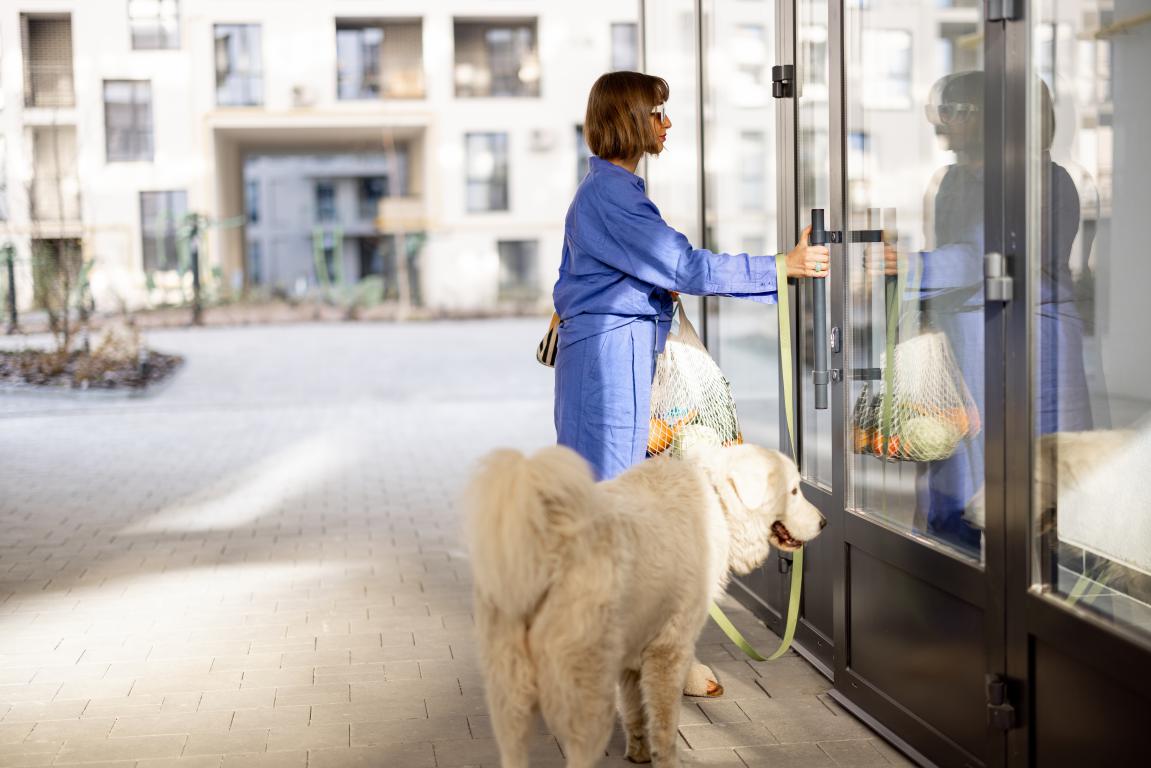
Welcoming Customers with Assistance Dogs: Staff Training and AwarenessThe best policies in the world are only effective if your staff know how to implement them with confidence and empathy. Training your team on how to welcome customers with assistance dogs is paramount to creating a truly inclusive and positive experience for everyone. It's about equipping them with the knowledge and soft skills to handle interactions gracefully and effectively. The Importance of Proactive WelcomingOne of the simplest yet most impactful things staff can do is to proactively welcome a customer with an assistance dog. Instead of waiting for the customer to ask if their dog is allowed, a friendly and immediate greeting like, "Hello, welcome! Your assistance dog is very welcome too," can make a huge difference. This immediately reassures the customer, prevents potential anxiety or an awkward confrontation, and shows that your business is knowledgeable and inclusive. It signals that you understand and respect their rights and needs without them having to assert them. This proactive approach sets a positive tone for their visit. Respectful Interaction with the Dog and OwnerIt's crucial that staff understand the correct way to interact with an assistance dog and its owner. Here are some key points to cover in training:
Understanding Boundaries and SpaceStaff should be aware of providing adequate space for both the customer and their assistance dog. If guiding a customer to a table or counter, for example, ensure there's enough room for the dog to settle comfortably without being in the way of other customers or staff, or obstructing emergency exits. Assistance dogs are trained to lie quietly under tables or by their owner's feet, but they still need that little bit of personal space. Being mindful of this helps to ensure a stress-free experience for the customer. Handling Other Customers' ConcernsOccasionally, other customers might express concerns about an assistance dog's presence, perhaps due to allergies or general misconceptions about hygiene. Staff need to be equipped to handle these situations politely, calmly, and authoritatively.
Effective staff training isn't just about compliance; it's about fostering a culture of understanding and respect. When your team feels confident and supported in welcoming assistance dog users, it reflects positively on your entire business and creates a genuinely inclusive environment for everyone. This level of service builds trust and loyalty, showing that your business truly cares about all its customers. 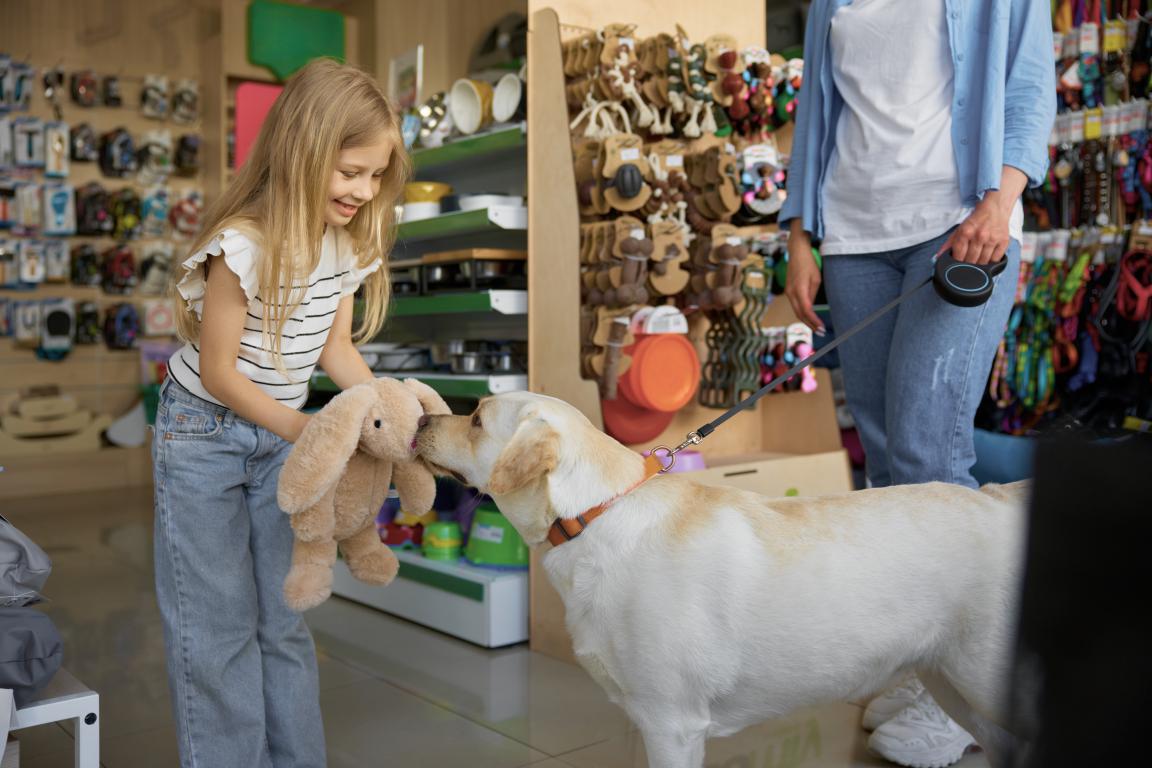
Recognising a Genuine Assistance DogOne common question businesses have is how to tell if a dog is a genuine assistance dog and not just a pet. While there isn't a single, universally recognised identification system in the UK, there are several indicators you can look for. It's important to approach this with sensitivity and avoid making assumptions. The key is to verify politely and only if truly necessary. Visual Cues and EquipmentMany, but not all, assistance dogs will wear some form of identification. These visual cues can be a good first indicator:
It's crucial to remember that a lack of a jacket or ID card does not automatically mean the dog isn't an assistance dog. Some conditions might make wearing a jacket impractical, or some individuals train their own assistance dogs to a high standard. Always consider the dog's behaviour too. Behavioural IndicatorsA genuine assistance dog's behaviour is often the most reliable indicator:
If a dog is behaving in a disruptive, aggressive, or uncontrolled manner, it is unlikely to be a genuine assistance dog, regardless of any visible identification. However, even genuine assistance dogs can sometimes have an off day, or be momentarily distracted, so it is important to exercise some understanding. What if You're Unsure? How to Approach PolitelyIf you genuinely have doubts and need to verify, it's essential to approach the customer respectfully and discreetly. Avoid making a scene or challenging them aggressively.
The aim is always to support customers and comply with the law, not to create barriers or make them feel interrogated. A polite and respectful approach, coupled with an understanding of what to look for, will help you manage these situations effectively and ensure genuine assistance dog users always feel welcome. It’s about building a trusting relationship with your customers, rather than creating an adversarial one. 
Addressing Common Business Challenges with Assistance DogsEven with the best policies and training, specific situations might arise that require a little extra thought. Being prepared for these common scenarios will help your staff respond confidently and correctly, ensuring a smooth experience for everyone. Food Preparation and Serving AreasOne of the most frequent concerns raised by businesses, particularly in hospitality, is the presence of assistance dogs in areas where food is prepared or served.
It's about education and understanding that the law prioritises equal access for disabled people, and genuine assistance dogs are not considered a public health risk in these environments. Allergy Concerns from Other CustomersAnother common concern is other customers complaining about allergies. This needs to be handled sensitively, but with a clear understanding of your legal obligations.
The key message here is that the assistance dog user's right to access is protected, and businesses must find ways to manage other customer concerns without infringing on those rights. Unauthorised Dogs or PetsWhat happens if someone tries to bring in a pet dog and claims it's an assistance dog, or if an assistance dog is genuinely misbehaving?
By understanding these common situations and how to handle them, your staff will feel much more confident and capable, allowing them to provide excellent service to all customers, including those who rely on the incredible support of an assistance dog. It truly helps to foster a positive and inclusive environment, reflecting well on your business as a whole. 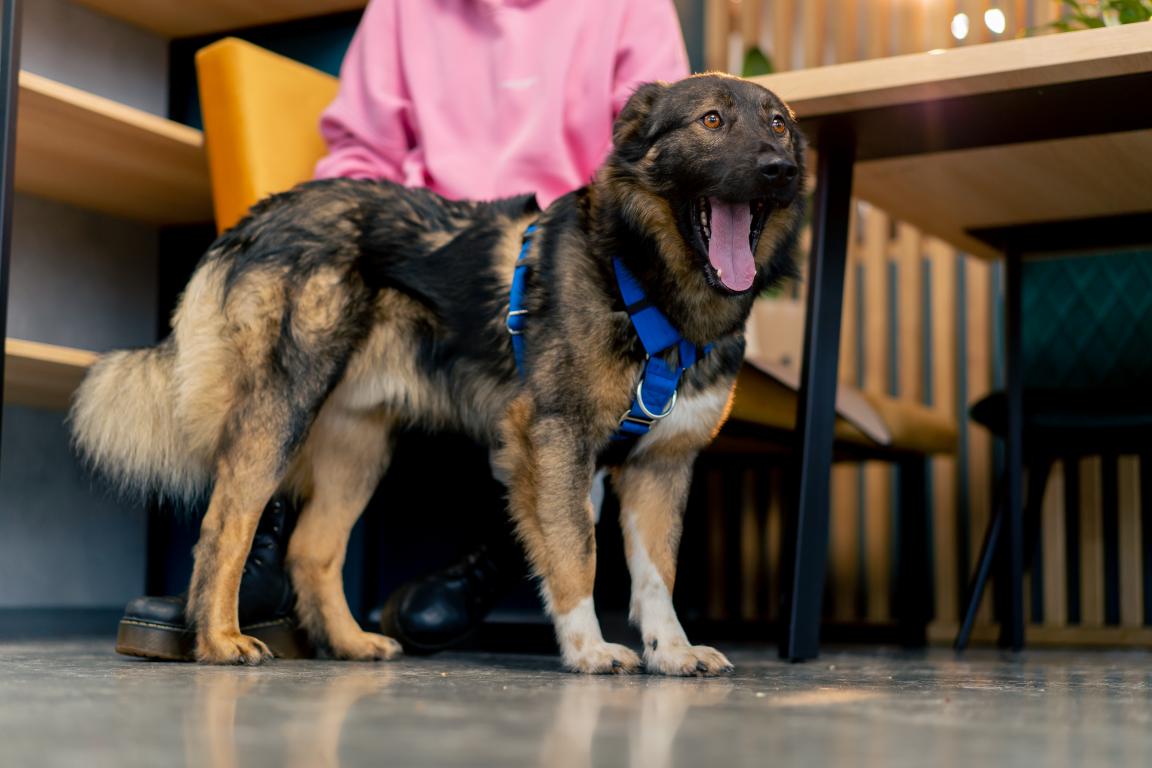
Want to Know More?We hope this guide has been helpful in providing you with a clear understanding of how your business can best support customers with assistance dogs. It's all about creating an inclusive environment where everyone feels welcome and respected. Understanding the importance of these incredible dogs, knowing your legal obligations under the Equality Act, and implementing practical, empathetic steps will not only ensure compliance but also enhance your business's reputation as a thoughtful and accessible place for all. If you're interested in delving deeper into the world of assistance dogs, understanding the specific roles of different types of dogs, or learning more about the Equality Act from other perspectives, we have a wealth of information available. You can find many more detailed guides and articles on these topics in our Assistance Dog Category on our website. We're here to be your trusted resource for all things related to assistance dogs and accessibility, offering comprehensive information to help you stay informed and confident.
© 2024 The Card Project Uk Ltd
VAT: 453 2087 06
|